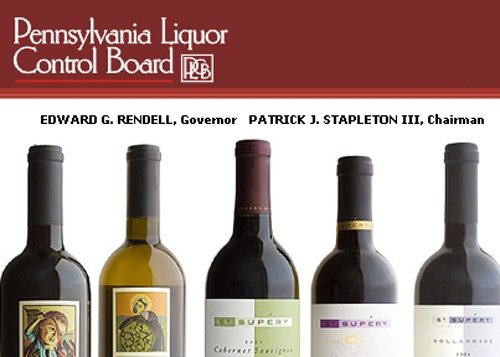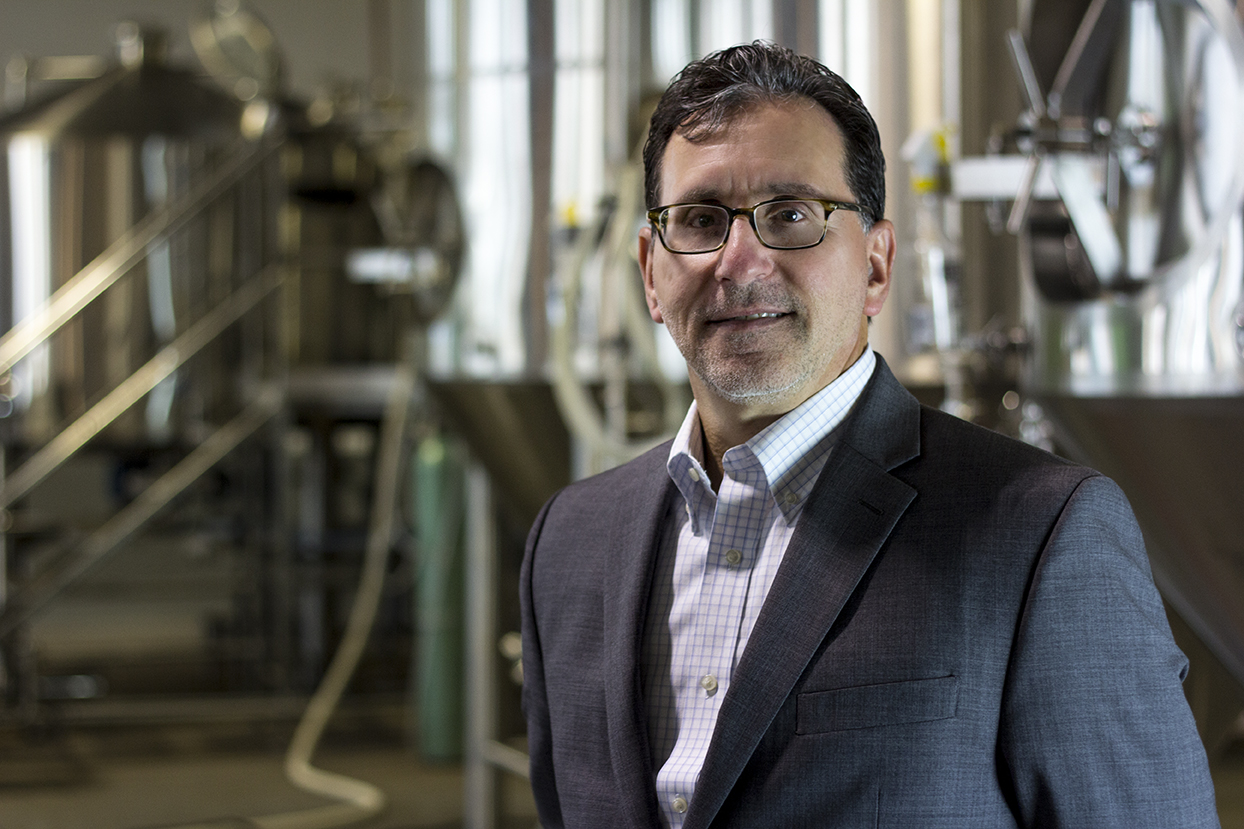
It is likely that all beer, wine and spirits labels will change dramatically in the near future. TTB has been working on new rules since CSPI and other groups submitted a petition in 2003. The new rules would require a “Serving Facts” panel on every container. This panel would include a lot more information, such as the typical serving size, number of servings per container, calories, carbohydrates, protein and fat. Because this is a big, controversial change, TTB has received more than 18,000 public comments during the past few years. There are far too many comments for most people to review, and so we will highlight and summarize the most noteworthy comments here. The most recent proposal and comments are here. This is comment 16 in a series; to see others, click on the “serving facts” tag below.
The Pennsylvania Liquor Control Board’s 2-page comment said:
- the rule should provide that a standard serving is 1.5 fluid ounces for spirits, 12 ounces for beer and 5 ounces for wine.
- the panel should explain that “a standard drink contains 0.6 fl. oz. of alcohol.”
- the Serving Facts panel should show the amount of alcohol per serving.
By contrast, St. Supery Winery’s 1-page comment said:
- the proposal is burdensome and would provide “no additional useful information to consumers.”
- Most back labels already need a UPC and a Government Warning and this additional information is likely to crowd out the product descriptions that consumers want.
- Wines fluctuate considerably from tank to bottling and this could require extra testing and expense.
- This will raise our costs; we will pass those along to wholesalers and they will get magnified along the way to consumers. Most consumers would rather have lower costs compared to extra, already-available information.
Are they right?



I don’t know about other wine drinkers, but knowing accurately how much alcohol a wine contains would be useful information to me.
Not sure how many consumers actually want the producer’s “creative” description of their own product more than knowing facts like the alcohol content or sweetness.
Is St. Supery saying it has a problem with alcohol fluctuating significantly between the tank and the bottle? If so, are they saying that the consumer should just accept the inaccuracy of labels because of sloppy or imprecise cellar practices? Are they saying the serving facts panel is a bad idea because a winery can’t accurately tell the consumer the alcohol content of their wines? That it is going to add a significant amount to the price of wine just to get accurate information?
I think there are some smart people in the wine industry that can figure this one out without breaking a sweat.